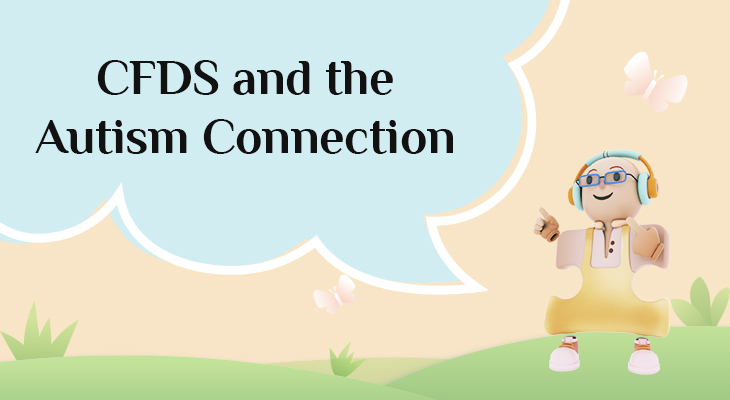
FRAT® and Brain Plasticity
Brain plasticity, also known as neuroplasticity, refers to the brain’s ability to reorganize itself by forming new neural connections throughout life. This capability is crucial for cognition, learning, memory, and recovery from brain injuries.
During early childhood and adolescence, the brain is highly plastic, which facilitates the rapid learning and development of cognitive and motor skills. This period is essential for acquiring language, social skills, and problem-solving abilities. There are specific critical periods in early development when the brain is especially sensitive to environmental stimuli. During these windows, experiences can significantly shape neural circuits. For example, language acquisition is most efficient during early childhood due to high plasticity in language-related brain regions.
Young brains are more adaptable. The brain has a higher density of synapses which are the connections between neurons. This abundance of synapses supports robust plasticity, enabling more efficient learning and adaptation. As we age, the number of synapses typically decreases, which can reduce plasticity.
The generation of new neurons, or neurogenesis, occurs at a higher rate in young brains, particularly in the hippocampus, a region associated with learning and memory. This process contributes to the brain’s ability to adapt and reorganize. Additionally, myelination, the formation of the myelin sheath around nerve fibers, continues throughout early childhood and adolescence. This process increases the speed and efficiency of neural communication, supporting cognitive development and plasticity.
The brain exhibits the highest degree of plasticity during early childhood, particularly in the first few years of life. This period is often referred to as the “critical period” or “sensitive period” for brain development. The key phases when brain plasticity is most pronounced are as follows:
- Infancy (0-3 years): During the first three years of life, the brain undergoes rapid growth and development. This period is characterized by the formation of a vast number of synapses, a process known as synaptogenesis. The brain is highly responsive to environmental stimuli, and experiences during this time can have long-lasting effects on cognitive, emotional, and social development.
- Detection Method: While the rate of synapse formation slows down after infancy, the brain continues to be highly plastic. Early childhood is a crucial time for language acquisition, motor skill development, and social learning. The brain is still very adaptable and capable of significant reorganization based on experiences.
- Late Childhood to Early Adolescence (7-12 years): During this period, the brain continues to refine and strengthen neural connections through a process known as synaptic pruning, where unused connections are eliminated, and frequently used connections are strengthened. This allows the brain to become more efficient, though still retaining a considerable degree of plasticity.
While plasticity is exceedingly pronounced during these early and adolescent years, the brain retains a degree of plasticity throughout life, allowing for learning and adaptation even in adulthood. However, the capacity for dramatic reorganization and rapid learning diminishes with age.
One of the most critical nutrients during these brain developmental periods is folate (vitamin B9). Folate is involved in the synthesis of neurotransmitters and the development of the central nervous system. Adequate folate levels support brain development and cognitive function, which are crucial during the early years of life when the brain is rapidly growing and forming connections.
Folate (vitamin B9) is transported into the brain through a highly regulated process involving specialized transport mechanisms, particularly during the early stages of development when the demand for this nutrient is high. Folate receptors, especially folate receptor alpha (FRα), are high-affinity receptors expressed on the epithelial cells of the choroid plexus. FRα binds to folate with high affinity and mediates its transport into the brain. This receptor-mediated endocytosis process is crucial for maintaining adequate folate levels in the cerebrospinal fluid (CSF) and brain tissue. If these proper folate levels are not maintained, numerous neurological disorders may manifest.
Clearly, unhindered folate transport into the brain is vital for proper neurological function. One crucial biological phenomenon that may comprise such folate transport is the presence of folate receptor autoantibodies.
Folate receptor autoantibodies (FRAs) are antibodies that target folate receptor alpha (FRα). Folate receptor autoantibodies bind to folate receptors and block the binding and transport of folate into cells, particularly across the blood-brain barrier (BBB) and the choroid plexus. This impairs the delivery of folate to the brain and other tissues, leading to a type of cerebral folate deficiency syndrome, even if dietary intake is adequate.
The presence of these autoantibodies can have significant implications for health, especially in young children. There is evidence linking FRAs to neurodevelopmental disorders such as ASD. Children with ASD have been found to have higher levels of FRAs, which may contribute to disruptions in brain development due to impaired folate transport.
Diagnosis typically involves a blood test for FRAs (FRAT®), and treatment often includes high dose folinic acid supplementation to bypass the impaired folate transport and improve clinical outcomes. Early detection and appropriate management are crucial for mitigating the adverse effects associated with FRAs. Again, early brain plasticity may contribute to better outcomes as intervention is introduced at a younger age. Indeed, early detection can lead to earlier intervention with improved outcomes.
Test with FRAT® to screen for folate receptor autoantibodies. As with any medical condition, consult with your health care professional for information and guidance.



